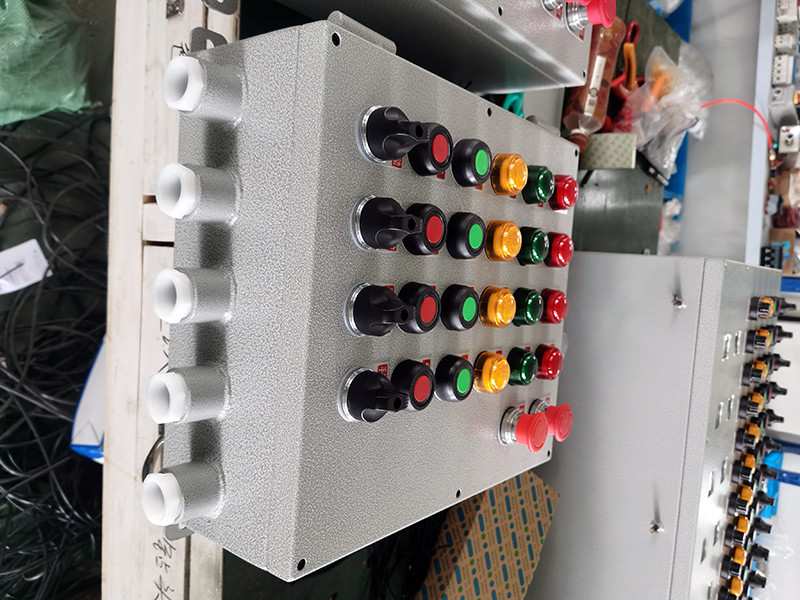تعميراتي بليوپرنٽ جي بنياد تي اسيمبلي يونٽن کي ورهائڻ کان پوء, اسيمبلي جو سلسلو مقرر ڪري سگهجي ٿو.

اهو سلسلو عام طور تي انفرادي حصن ۽ اجزاء سان شروع ٿئي ٿو ۽ آخري اسيمبليء ۾ ختم ٿئي ٿو. اسيمبلي سسٽم چارٽ (شڪل 7.6) گرافڪ طور انهن رشتن ۽ تسلسل جي نمائندگي ڪري ٿو, providing a clear overview of the entire assembly journey from the initial stages to the final assembly.
Similar to the assembly process card, the Assembly System Chart serves as a documented format of the assembly process specifications.
When setting the assembly sequence, attention must be paid to potential challenges. Even after analyzing parts and components for structural assembly feasibility, an impractical sequence can complicate the process. مثال طور, fitting one component in a deep casing first might hinder the installation of subsequent components, even if the structural assembly is technically feasible. ‘Interference’ occurs when a part or unit doesn’t physically interfere in the diagram but becomes unassembleable due to an inappropriate assembly sequence. This scenario is not uncommon in assemblies with complex structures.
The unit diagram, guided by the numbering on the equipment’s engineering drawings, should clearly label each unit with its name, drawing number, and quantity. This labeling aids in easily identifying the necessary parts, اجزاء, ذيلي اسيمبليون, and their quantities during assembly.
It’s also important to annotate purchased items used within parts, اجزاء, and assemblies in the unit diagram, specifying their name, ماڊل, specification, and quantity.
The Assembly System Chart is generally employed for single or small batch productions. بهرحال, in large-scale production scenarios, it should be used alongside the assembly process card for optimal efficiency.
 Shenhai ڌماڪي جو ثبوت
Shenhai ڌماڪي جو ثبوت
